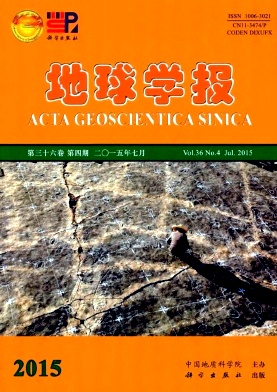XING Guang-fu, YANG Zhu-liang, CHEN Zhi-hong, JIANG Yang, HONG Wen-tao, JIN Guo-dong, YU Ming-gang, ZHAO Xi-lin, DUAN Zheng. The Discovery of the Asian Oldest Zircons in Longquan, Cathaysia Block[J]. Acta Geoscientica Sinica, 2015, (4): 395-402. doi: 10.3975/cagsb.2015.04.02
| Citation: |
XING Guang-fu, YANG Zhu-liang, CHEN Zhi-hong, JIANG Yang, HONG Wen-tao, JIN Guo-dong, YU Ming-gang, ZHAO Xi-lin, DUAN Zheng. The Discovery of the Asian Oldest Zircons in Longquan, Cathaysia Block[J]. Acta Geoscientica Sinica, 2015, (4): 395-402. doi: 10.3975/cagsb.2015.04.02
|
The Discovery of the Asian Oldest Zircons in Longquan, Cathaysia Block
-
Abstract
At present, zircons are the only residual material of the Hadean crust, and constitute a crucial clue to understanding the early crustal evolution. Rencently, we found the two ~4100 Ma detrital zircons from a Paleozoic quartzite in the Longquan area of the Cathaysia Block, through SHRIMP zircon data. One zircon (207Pb/206Pb age of 4127±4 Ma) shows normal oscillatory zonation and constant mantle-like oxygen isotope ratios (δ18O = 5.8‰ to 6.0‰), and might have crystallized in ancient mantle-derived magmas or partial melts of primitive crust. Obviously, this is the oldest age in the reported zircon ages of Asia. The other zircon grain has a ~4100 Ma magmatic core surrounded by a ~4070 Ma metamorphic mantle. The 4070 Ma indicates the most reliable metamorphic age of the earth. Outside the mantle, two overgrowth bands are 3800~3600 Ma, implying that the magmatic core (crust) underwent complex evolutions after ~4100Ma. These data demonstate the diversity of the Earth’s earliest crustal nature and tectonic setting, and provide crucial evidence for us to understand the earliest crustal evolution.
-

-
-
Access History







 DownLoad:
DownLoad: